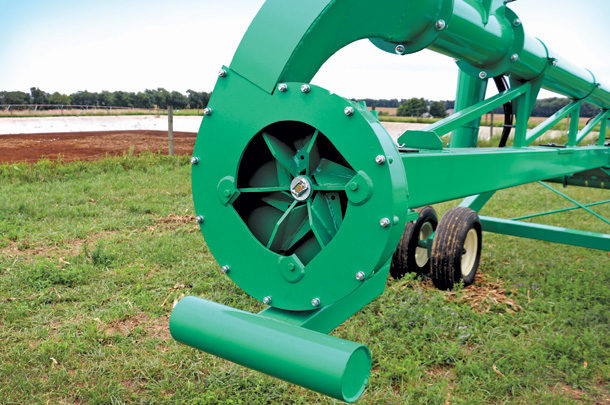Technology continues evolving at a rapid pace, helping dairy farmers become even more sustainable.
The dairy cow has always been the ultimate recycler, producing milk for nutritious foods and providing nutrients to grow crops and generate renewable energy. Combining the cow’s recycling powers with emerging technology positions the dairy industry to meet future demands and achieve carbon neutrality by 2050.
We can work to help lower greenhouse gas (GHG) emissions together as an industry through new technologies and manure management strategies – from housing facilities and storage to field application and methane digestion.
Here are some considerations to manage your manure for the future.
Collecting and storing manure
While regional differences play a role in manure collection, quickly collecting and storing it plays a role in emission reduction.
Consider your collection options – scraper, vacuum, skid loader or flush systems. Scrapers and flush systems can be automated to move manure out of alleyways more often, reducing emissions. Flushing is more common in Western states like California, where irrigation is widely used, but is getting more attention because of water sustainability. A skid loader or vacuum collector only removes manure when you run it, and these machines add to carbon emissions.
Regardless of which practice you use, focus on removing manure quickly. If you plan to remodel or build new facilities in the future, weigh each option. Some new barns are being built with additional solid-liquid separation systems to take advantage of nutrient partitioning and lower GHG emissions.
Anything you can do to reduce manure exposure to air during storage will positively impact emissions. The best methods to keep manure from gassing off are harvesting the methane with a digester or using a covered lagoon (which only works in Western regions with flush systems).
Covering lagoons or adding a digester can add to carbon emission reduction. However, these options are not always economically feasible. Collecting manure and urine separately is becoming a popular option for smaller dairies in Europe. This process allows dairies to reduce emissions with less investment.
Reducing fuel

Alley scrapers can run on their own and get manure off the floor faster – moving the manure to a collection area sooner while keeping animals cleaner. Photo courtesy of GEA.
When it comes to manure-handling equipment, reducing fuel consumption and removing a motor or running a motor less will lower emissions.
Think about how you’re managing manure today:
-
Scraping: Could you install alley scrapers instead of using a skid loader or vacuum truck? Skid loaders and vacuum trucks consume fuel, give off emissions and only scrape manure when you use them. Alley scrapers are often powered by electric motors and get manure off the floor faster – moving the manure to a collection area sooner while keeping animals cleaner.
-
Agitating: Consider the amount of horsepower used for the volume of manure you’re agitating. Today’s agitators are designed to mix more manure in a shorter amount of time – that’s less time the tractor needs to run the pump. Often, farmers make an upgrade and still run their tractor just as long, even though they’re pumping more gallons at a time – the key is to take advantage of the efficiency.
- Hauling: While not practical in many situations, daily hauling can reduce emissions which collect during storage. Consider how you apply the manure to your fields. Can you incorporate it as you spread it? This method reduces nutrient losses, odor and runoff potential, especially if the manure gets incorporated quickly.
The biogas bandwagon
Biogas generation systems can reduce GHG emissions – and many farmers are jumping on the biogas bandwagon. One biogas contractor has 90 projects under contract for the next two years; up until now, the most projects they’ve had were four in one year.
These systems produce biogas by digesting large volumes of manure under low oxygen, which combusts to destroy methane. Biogas can power vehicles, generate electricity, heat homes or be used as renewable natural gas.
If you decide to explore biogas, take advantage of all the profit scenarios available and rely on industry experts during the research process.
As biogas generation continues to evolve, more focus will be on how the manure comes out of the cow and how to make more fuel-producing manure through feed options.
Much like biogas, new trends and technologies will evolve to reduce dairy farm emissions. Always keep your long-term goals in mind as you plan for the future to put your farm in a position where you can adapt along the way. Navigate through the best manure management strategies to reduce emissions on your farm by working with your manure equipment dealer and industry experts.









